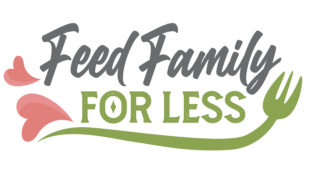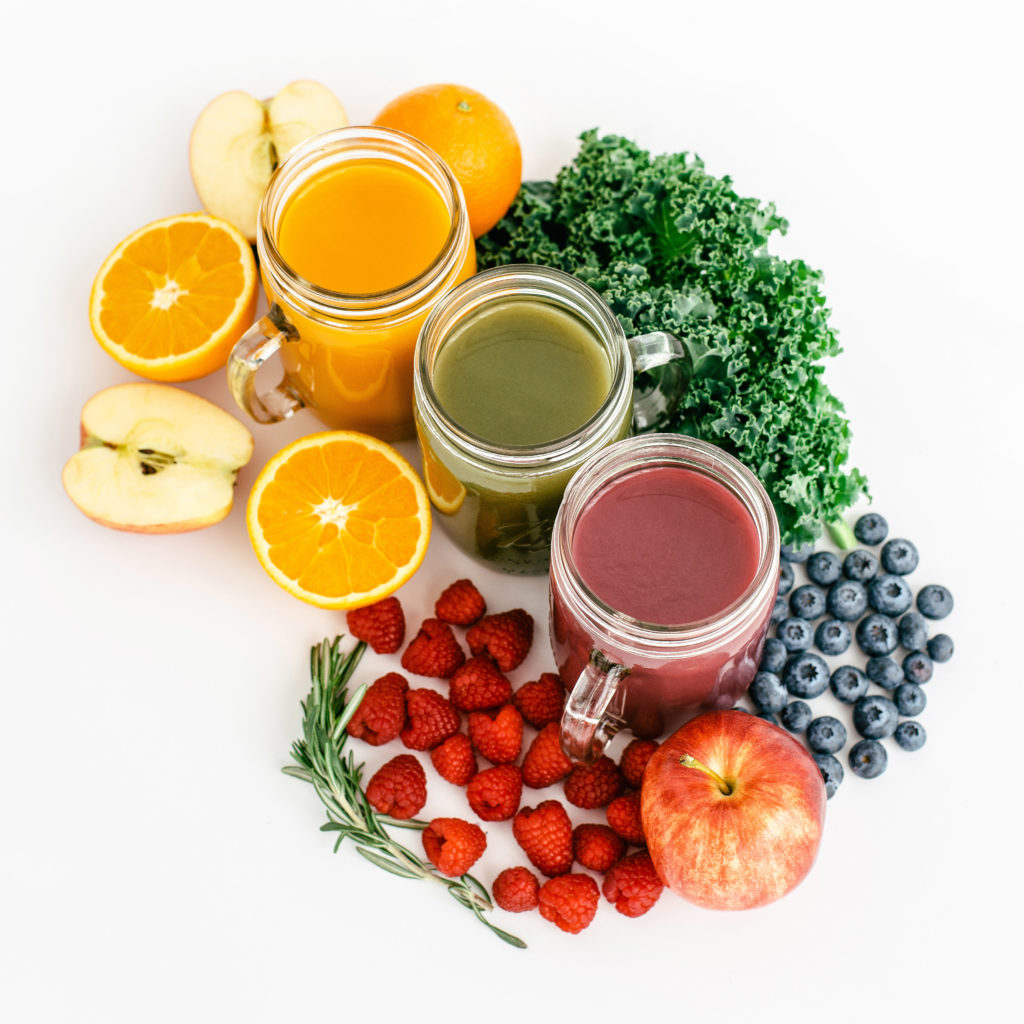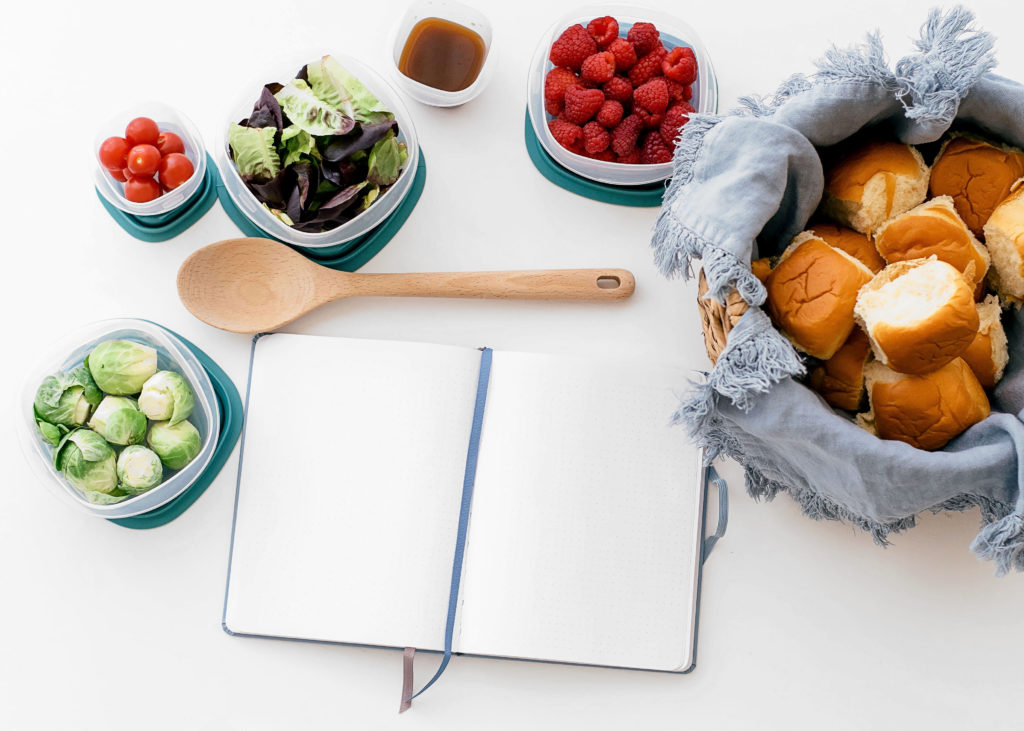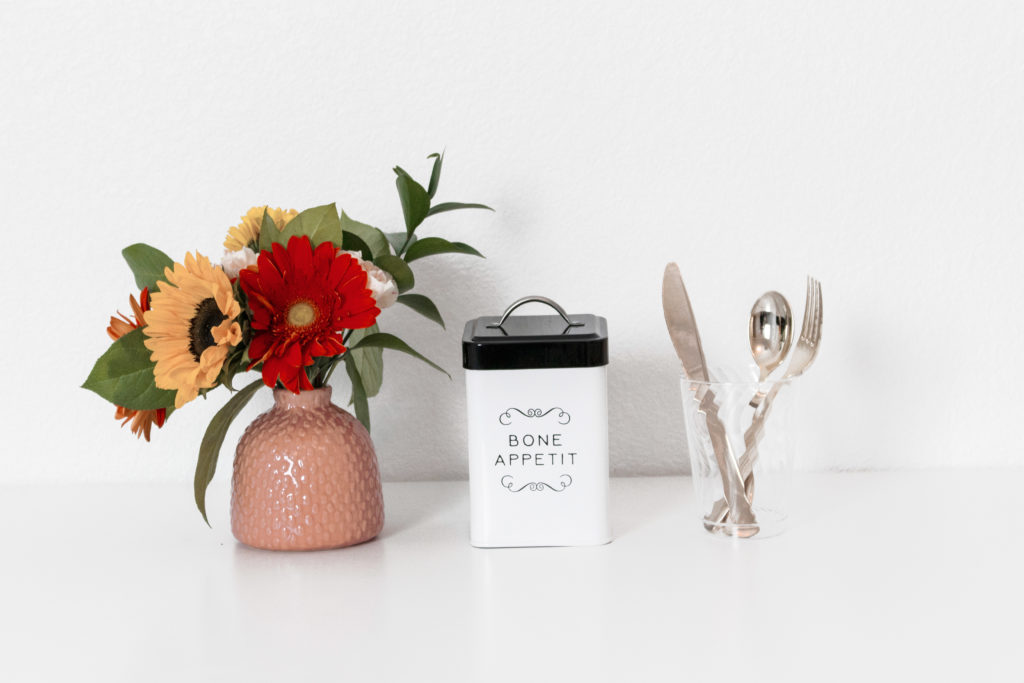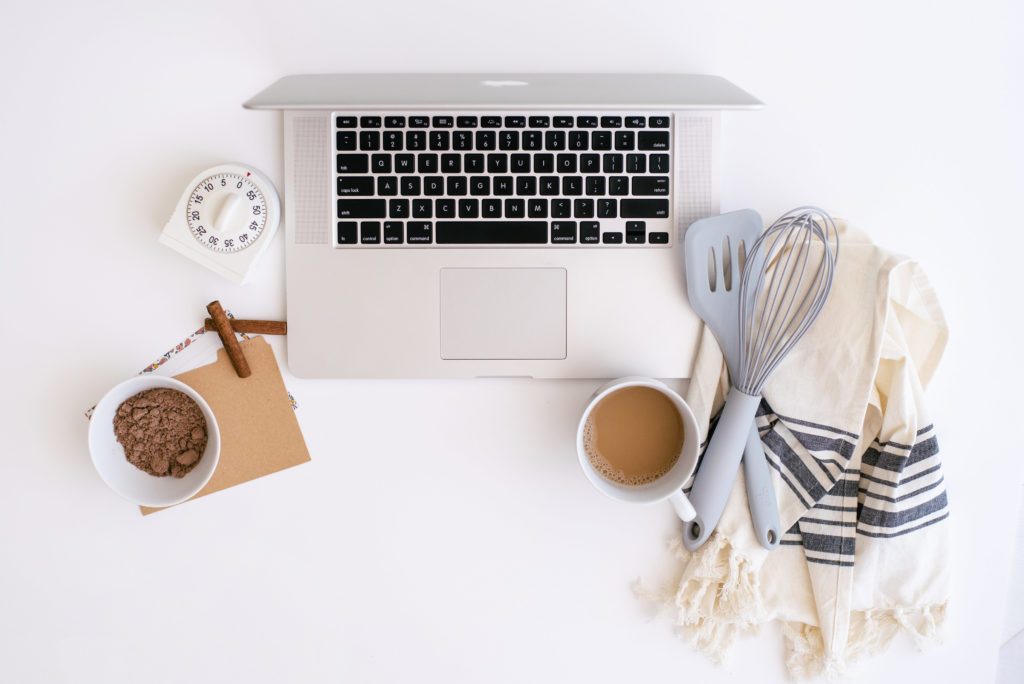Making a weight loss meal plan by yourself can be a real struggle.
You may have some trouble deciding which diet would suit your family.
Should you try one of the fad diets or simply go on a crash diet to lose weight in the fastest way possible?
Another worry for moms is to make sure the entire family does not overeat so they don’t risk becoming obese.
According to the World Health Organization (WHO), obesity can lead to diseases like heart disease, stroke, and kidney cancer. Additionally, obesity is linked to premature death in children and makes them more prone to developing disabilities in adulthood.
On the other hand, if you and your family don't eat enough calories every day, you wouldn't be getting enough nutrition. This can lead to lethargy and an inability to function at your best.
However, we can help you worry less about experiencing either of these extremes. Moms like you will find a 30-day weight loss diet plan very helpful. Plus, it's one that you can maintain and which also works for your family's lifestyle.
This post may contain affiliate links. Read my disclosure policy here.
Know Your Calories
Before making a meal plan for weight loss, consider how many calories you would like to consume.
Verywellfit says that women often have a 1,200 calorie per day limit for their diet plans while men are usually advised to take in 1,500-1,800 calories per day.
Your size and activity level also determine your daily calorie intake. The more time you spend exercising, the higher your daily calorie intake should be. The Center for Disease Control and Prevention recommends losing only 1 or 2 pounds per week. You should also not eat under 1,200 calories per day.
If you think fad diets can provide a quick route to healthy weight loss, you're wrong. Fad diets often:
- Promise that you can lose weight fast without exercise
- Make you avoid specific food groups, like meat, fruit, or dairy
- Are not backed up by scientific evidence
- Suggest food combinations with questionable nutritional value
Fad diets don't produce long-term results and may eventually cause muscle loss, gall stone, and even increase your weight.
Instead, you should balance your protein, carbs, and fats. To lose weight the right way, be more watchful of the number of calories you eat every day rather than when you eat them. You should also space your meals at least five hours apart.
4 Tips For Creating the Best Meal Plan
Keeping a close watch on how much you eat is a great way to regulate your food intake. With advance meal preparation, you can have healthy food ready to go and find it easier to push through with your diet. Keep these four tips in mind so you can create the best meal plan for your family:
1. Schedule Time to Plan
Take 30 minutes of your time to plan your meals and write down your shopping list. You can also include your workout schedule so you can also get the right amount of exercise. Combining the two, you can speed up your weight loss goals.
2. Shop and Cook
Once you've made your meal plan, you can start shopping for ingredients. Store about enough food for a week of healthy eating at a time. Make sure you arrange the items in your fridge in a way that makes your diet-friendly food reachable and easy to find.
3. Post Your Plan
Stick your meal plan somewhere in your house where you can easily see it. Try sticking it on the refrigerator door or in your bedroom. These constant reminders of your weight loss meal plan will help you make better food choices and stay on your goal for healthy body weight.
4. Prep Foods in Advance
Start preparing tomorrow's meals the night before. When you finish eating dinner, arrange the food you will need for breakfast the next day. Put your lunch snacks, and dinner in separate containers. When all your meals for the next day are ready, all you’ll have to do tomorrow is take them out and eat them.
Healthy Breakfast Suggestions
Whether you believe that breakfast is the most important meal of the day or not, it doesn't hurt to start your morning with a healthy meal. However, eating a healthy breakfast can boost your work performance and maintain your blood sugar levels.
Christy C. Tangney, PhD, a clinical dietitian at Rush University Medical Cente asserts that eating breakfast can reduce the risk of weight gain, makes you crave snacks less, and lets you get your nutritional needs quicker.
For breakfast, it's best to choose a mix of high-protein and fiber-rich food. Protein helps improve your metabolism and makes you feel full while keeping you slim. Here are some helpful meal suggestions:
- High protein pancakes or waffles with whole-grain flour
- Frittatas or omelets
- Greek yogurt with berries or other fresh fruits
- Oatmeal with fruits, nuts, seeds, or whole grain bread
- Whole grains with almond or coconut milk and chia seeds
You can replace a meal with a protein shake if you don't feel like having breakfast. Make sure to include a tablespoon of oat bran or wheat so you can get your recommended dose of fiber. The added fiber will help enhance your digestion.
Lunch Ideas for Weight Loss
When preparing meals for lunch, remember to include vegetables and foods packed with protein.
Plating your meals may seem tricky, thankfully there are helpful resources to guide you. First, divide your plate in half. Stuff one of the halves with fruits and vegetables. Now, the other half will also be divided into two smaller parts. Fill one part with lean protein like whole grains, beans, fish, cottage cheese, and poultry. Fill the other part with a few drops of olive oil, flaxseed oil, or other healthy fats.
If you like, you can have a salad for lunch instead. Just remember to leave out the croutons, sauces, and dressings because they add on more calories.
Your salad should consist of green leafy vegetables, lean meat or fish, eggs, low-fat cheese, and heart-healthy fats (olive oil, nuts, or seeds). To add flavor to your salad, squeeze some lemon juice on it or add some balsamic vinegar or Greek yogurt.
If you intend to exercise before having lunch, you should eat protein and complex carbs such as brown rice, whole grains, and legumes.
Low-Calorie Snacks
You’ll never have to feel guilty about snacking again if you munch on low-calorie, high protein food.
Here are some healthy snack alternatives:
- Unsalted nuts and seeds
- Whole-grain crackers
- Celery sticks
- Low-fat cheese
- Homemade trail mixes
- Cottage cheese
- Small amounts of walnuts, almonds, or pistachio
- Whole grain toast with peanut butter
- Chia seed pudding
- Baked kale chips
Avoid eating snacks while being distracted, for example, while watching the TV, reading a book, or scrolling through your phone. Also, be mindful of the amount of snack servings you eat.
Low-Fat Dinner Inspiration
Finally, when planning for dinner, you should consider having protein and healthy fats in your meal. Make sure to avoid eating carbs in the evening, unless you plan to work out before taking your meal.
Here are some diet-friendly ideas:
- Lean protein
- Leafy green vegetables
- Tuna salad
- Grilled salmon with asparagus
- baked chicken breast with steamed veggies and olive oil
If you plan to have dinner outside the home, you should eat smaller meal portions during the day.
You can also just skip dinner altogether, if you prefer. A study in the Journal of Nutrition found that fasting at night can greatly reduce your weight. But this should only be done after eating a huge serving of breakfast, followed by a lesser serving of lunch the same day.
Be Patient with Your Meal Plan Process
The process of crafting a workable meal plan for weight loss might take you hours, especially when it’s your first time. Over time, you’ll be able to develop a personalized meal plan system. You’ll then feel more organized and closer to achieving your weight loss goals.
By regularly going through the prep steps, you’ll become more familiar with your diet and more motivated to follow it.